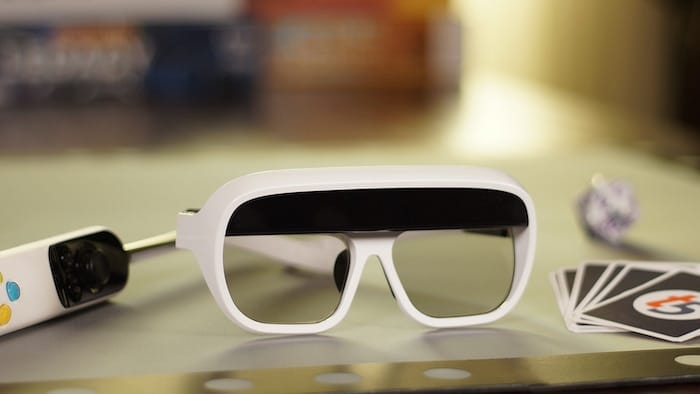How to Launch a Product on Kickstarter, Part 1: Creating Your Prototype and Manufacturing Plan

Advice and resources for product designers looking to run a Kickstarter campaign.
Developing and launching a product on Kickstarter is exciting, but it can also feel overwhelming. In this series, we’ll share advice and resources on the main areas you need to prepare before launching a project. First, up, creating your prototype and manufacturing plan.
When it comes to making a product, having an innovative idea is just the beginning—you’ll also need to think about how to bring it to life. Whether you have years of manufacturing experience, or you’re developing a product for the first time, here are some tips to help you prepare for your campaign.
Create a prototype that demonstrates your product’s core features
Building a prototype that shows off all your product's core features is not only required by Kickstarter’s rules, it will be the basis of your whole campaign. How will you get people excited about your vision if you can’t show off the product in action? Without a good prototype, you are too early for Kickstarter.
Here are some resources for first-timer prototyping:
- Read our pointers for documenting and sharing your prototype.
- Explore our recommended services for prototyping.
- Read about Dame Products’ prototyping process.
As you’re building your prototype, remember that any major feature you’re promising to backers will need to be demonstrated fully on your page, and realistic renderings are not allowed. Read more about Kickstarter’s rules on honest and clear presentation.
Research your manufacturing plan
Making one prototype of a product is completely different from making 1,000 production units. Products often need to be redesigned, sometimes from the ground up, to be manufacturable at a large scale—a process called “design for manufacturing” or DFM.
A well-researched manufacturing plan is also essential for setting your reward prices and estimating your delivery timeline more accurately. Without doing your research, you’re just guessing how much it will cost to make each product and how long it will take.
Don’t know where to start? Check out Dragon Innovation’s blog for hardware manufacturing basics. It’ll help you prepare for the many stages of creating your product, including:
- Proof of concept
- Final prototype
- Design for manufacturing
- Factory selection
- Ongoing production
And if you’re interested in reducing the environmental impact of your product, check out Kickstarter’s Environmental Resources Center, which offers best practices for sustainable product design, manufacturing, and fulfillment.
Use your manufacturing plan to determine your reward tiers and funding goal
If you’re raising funds for manufacturing, you need to be sure your funding goal is enough money to deliver your project to backers—don’t rely on money that you hope to raise later. Remember that your factory or supplier might have minimum order quantities you need to meet. You can’t set your reward prices accurately if you don’t know how much it will cost you to make each product.
Track your manufacturing costs with Kickstarter’s Project Budget tool, a spreadsheet that allows Design and Tech creators to compile all of the line items associated with creating a product, from R&D to shipping and fulfillment. You can use this information to calculate your campaign’s funding goal.
Document your process for your campaign
Every failed prototype brings you one step closer to a solution that works. Save or photograph your prototypes, sketches, and other work in progress. You can use this material on your campaign page to tell backers the story of your project’s development and show them how much work you’ve put into getting things right.
One of the most exciting things about backing a Kickstarter campaign is getting to see how a product gets made. It’s totally different from just buying a finished product from a store. By offering a first-hand look at your prototyping process and being transparent about how you’re prepared for manufacturing, you can build trust with backers and create a deeper connection to your project.
